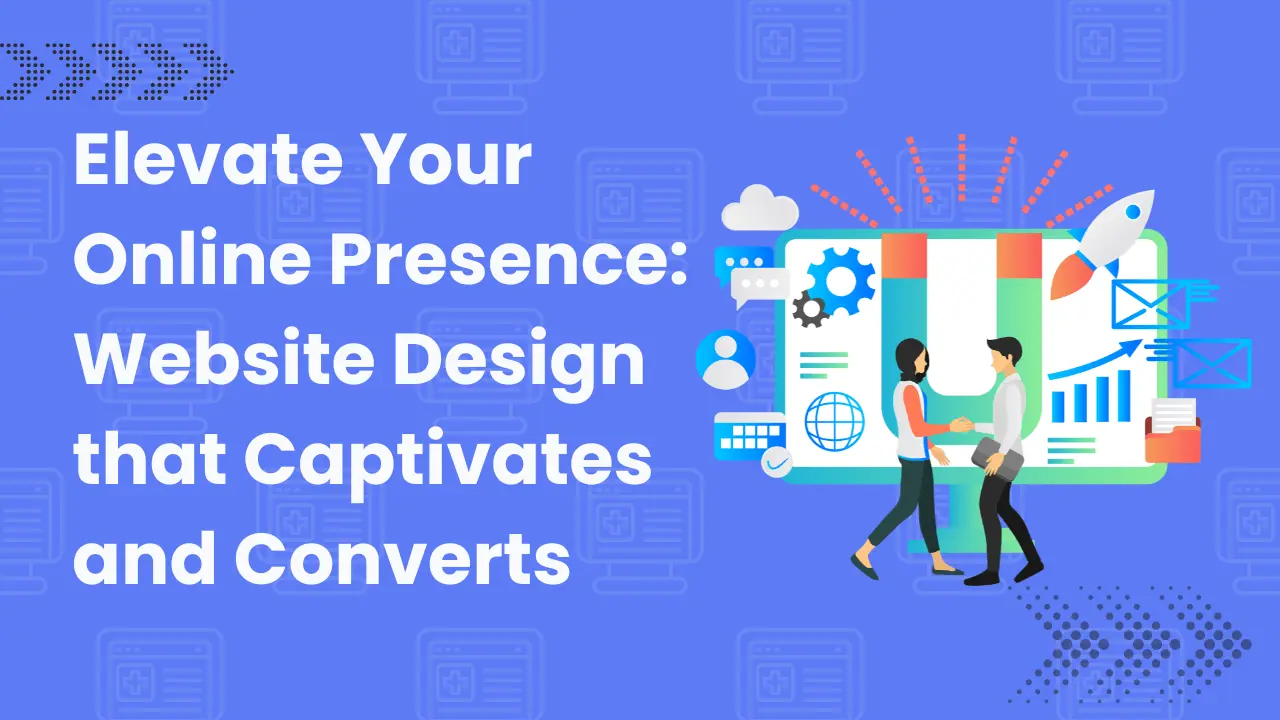Imagine navigating through an online store, your cart full of items you’re excited about, only to be confronted with a checkout process that feels like a maze. Unfortunately, this scenario is far from rare and is a leading cause of frustration for online shoppers. This drives the point that the design and functionality of an online store’s checkout page aren’t just minor things to consider, but pivotal elements that can significantly impact an e-commerce business’s bottom line. A smooth, intuitive checkout experience can readily convert a browser into a buyer, while a complicated one can send them fleeing, cart abandoned.
Consumers in the digital age have certain expectations that businesses must meet to keep them engaged through to the final click of their purchase. Speed, security, and simplicity are among the hallmarks of an ideal online checkout process. Shoppers look for a seamless experience that respects their time and safeguards their personal and financial information, and an e-commerce outfit that can manage these expectations will build trust and likely enjoy repeat business.
Your aim here should be clear: to find strategies to enhance your checkout page and, as a result, increase your conversions. To that end, here are seven adjustments you can make toward improving your checkout page and creating a positive shopping experience that your customers will be eager to return for:
1) Invest in a Good Payment Platform
Your chosen payment processor will be the backbone of your customers’ checkout experience, so you’ll want one that both offers a variety of payment methods and has a suite of dependable cybersecurity features in place.
If you operate on a popular e-commerce platform like WooCommerce or Shopify, it also helps to consider the integration capabilities of any payment solutions you’re considering. A dedicated WooCommerce payment gateway, such as Maya Business’s helpful WooCommerce plugin for stores based in the Philippines, will empower you to accommodate the broadest possible spectrum of customer payment preferences and facilitate a smooth transition from their initial browsing to checkout.
2) Simplify Your Checkout Procedures
The path to purchase should be as direct as possible. Every additional step or field to fill out will present an opportunity for your customer to reconsider their decision. A streamlined checkout process with minimal steps, on the other hand, will allow you to substantially reduce the risk of cart abandonment and lost revenues. Key improvements include simplifying your forms to ask only for essential information and offering options like guest checkout for users not interested in creating accounts on your site.
3) Prioritize Transparency in Your Checkout
Transparency is key to building trust during the checkout process, especially considering that unexpected costs are among the top reasons customers abandon their carts. Clearly display all fees, including shipping and taxes, to give your customers a solid idea of what they’ll be paying for and reduce the likelihood of last-minute surprises.
It also helps to provide accurate information about delivery times, as this helps manage customer expectations and reduces post-purchase dissonance. Commit to being as open as possible about your operations towards safeguarding your customers’ peace of mind and encouraging them to trust you more.
4) Display Proof of Security
Speaking of trust, it’s currency when it comes to digital shopping. A critical way to build this trust is by displaying unmistakable signs of website security. Think of the peace of mind a customer will feel when they see familiar security badges at checkout. These symbols of safety, such as SSL certificates and trusted payment encryption logos, don’t just serve a decorative purpose; they’re assurances that you take user privacy and security seriously.
Implementing these visual cues thus alleviates the anxiety that your customers may feel when being asked for sensitive information, which will in turn boost their chances of committing to their transactions with your store.
5) Design Your Checkout for Mobile Responsiveness
Now that most online shoppers will be browsing and buying through their phones rather than through desktop computers, it’s no longer an option to put off optimizing your store for mobile devices. A mobile-responsive design ensures that the checkout experience is smooth and stress-free, regardless of the device used. To achieve this, you’ll want large, easily clickable buttons, readable text without zooming, and intuitive navigation. The goal is to remove any friction that might deter a customer from completing their purchase on a mobile device.
6) Use Error Messages Wisely
Error messages are often where the checkout process becomes a make-or-break moment. Instead of using generic error alerts that can confuse and frustrate users, tailor messages to be as helpful as possible. Indicate exactly what went wrong and how to fix it. For instance, if a customer forgets to fill out a mandatory field or enters an invalid credit card number, pointing this out clearly and directly can turn a potential abandonment into a successful conversion.
Real-time validation that checks information as users enter it can further streamline the process, minimize errors, and keep the customer moving smoothly toward purchase.
7) Test and Optimize Continuously
The online marketplace is ever-evolving, and what works today may not work tomorrow. That means that you’ll need to test and update your checkout processes regularly. Employ A/B testing to experiment with different elements, such as the layout, button colors, and calls to action, to see what resonates best with your audience. Also consider collecting and analyzing your customer feedback to glean direct insights into their experiences and preferences.
Once you come to see checkout optimization as an ongoing process rather than a one-and-done deal, you can actively make sure that your checkout process always exceeds customer expectations.
Approach the task of optimizing your e-commerce checkout page as more than a mere enhancement of a single aspect of your online store, but a refinement of the entire customer journey towards maximizing conversions and building trust. The abovementioned tips represent a few of the most important steps you should take to position your business for success in the increasingly competitive world of e-commerce. These strategies will offer opportunities to improve your sales and to deepen your relationship with your customers, which can turn a series of one-off transactions into lasting connections that will reflect in your revenues.
You May Also Like: 10 Surprising Benefits of Website Redesign For Businesses
About the author
Popular Posts

Elevate Your Online Presence: Website Design that Captivates and Converts
December 31, 2024- 7 Min Read


Christmas Tree Website Design: Start Your Xmas Tree Sales and Rental Business
November 19, 2024- 4 Min Read



